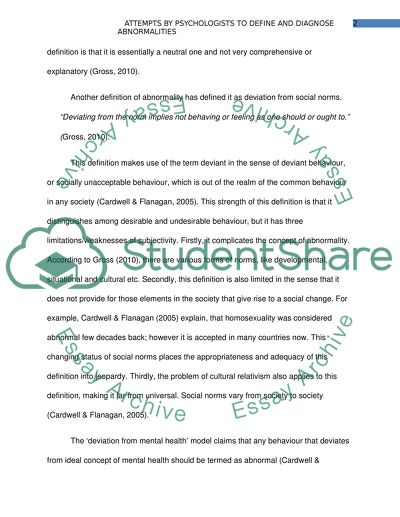Cite this document
(“Attempts by psyhologists to define and diagnose abnormalities Essay”, n.d.)
Retrieved from https://studentshare.org/psychology/1421184-attempts-by-psyhologists-to-define-and-diagnose-abnormalities
Retrieved from https://studentshare.org/psychology/1421184-attempts-by-psyhologists-to-define-and-diagnose-abnormalities
(Attempts by Psyhologists to Define and Diagnose Abnormalities Essay)
https://studentshare.org/psychology/1421184-attempts-by-psyhologists-to-define-and-diagnose-abnormalities.
https://studentshare.org/psychology/1421184-attempts-by-psyhologists-to-define-and-diagnose-abnormalities.
“Attempts by Psyhologists to Define and Diagnose Abnormalities Essay”, n.d. https://studentshare.org/psychology/1421184-attempts-by-psyhologists-to-define-and-diagnose-abnormalities.


